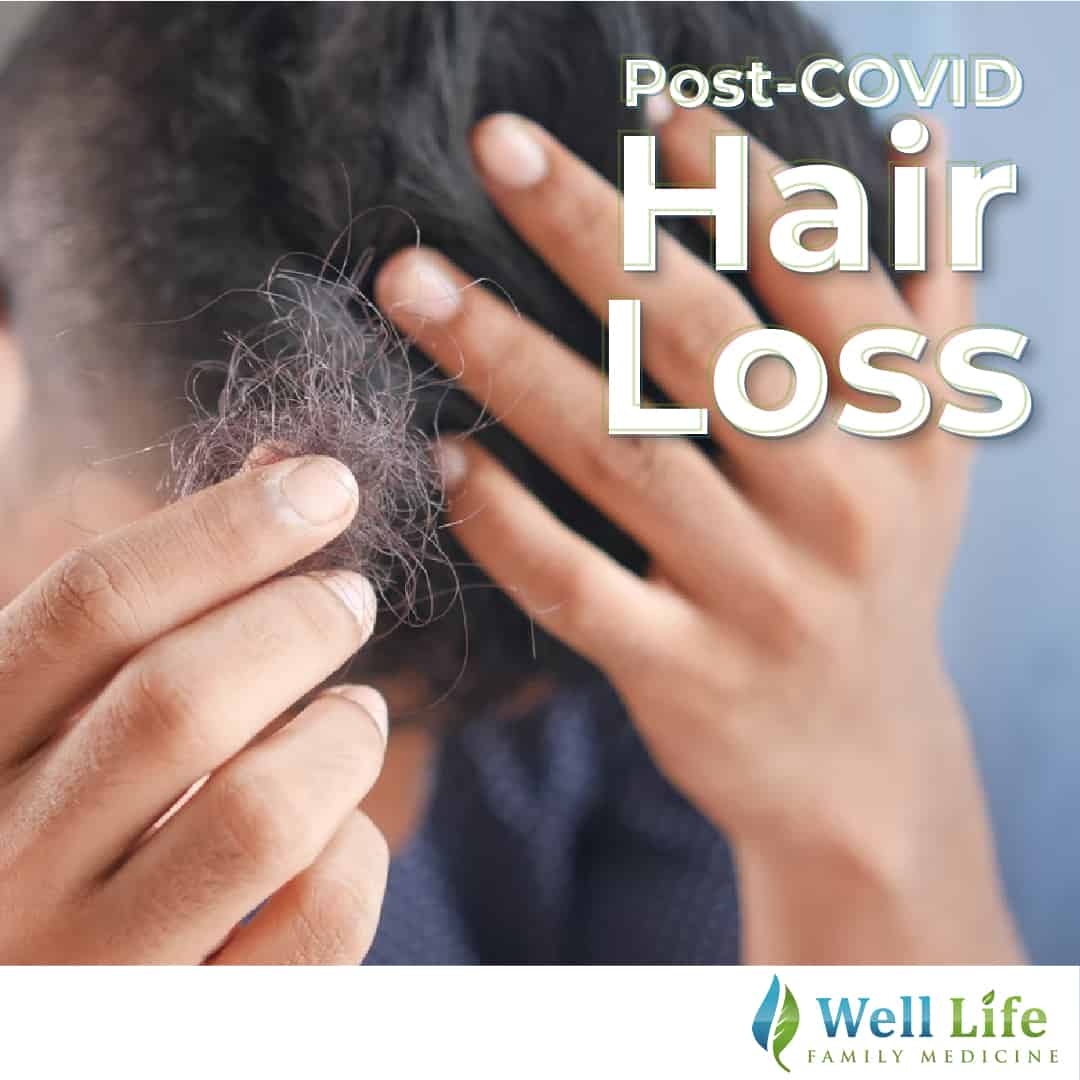 COVID-19 has a broad list of symptoms, not all of which are respiratory. Worse, many people have noticed lingering effects long after they’ve recovered.
COVID-19 has a broad list of symptoms, not all of which are respiratory. Worse, many people have noticed lingering effects long after they’ve recovered.
Hair loss is one common symptom of “long-haul COVID.” Even after COVID survivors recover, they notice thinning and shedding hair.
This of course can be a blow to one’s self-confidence. What causes COVID hair loss and how can you fix it?
Doctors believe that post-COVID hair loss is not caused by the virus but rather its stress on the body. Stress is a major factor for hair loss. It causes a condition called telogen effluvium, which stems from hormonal imbalance or nutritional deficiencies.
Stress exacerbates both of this, and the high levels of cortisol can also disrupt normal cellular processes. It also promotes inflammation, which contributes to disorders such as psoriasis. Scalp psoriasis damages the hair follicle and contributes to hair loss.
In telogen effluvium, your normal hair cycle is disrupted, causing more strands to fall out. Telogen is the “resting” phase of hair follicles. Usually, only 5 to 10% of your follies are in the telogen phase, while the others are either actively growing or transitioning.
When stress or illness triggers telogen effluvium, though, up to 30% of your follicles enter the resting phase. As a result, the hairs fall out.
According to research, about 1 in 10 COVID patients experience hair shedding. Another study found that two-thirds of patients lost hair after contracting COVID.
In other words, post-COVID hair loss is quite common. Any serious illness can trigger hair loss. And with COVID, there is often significant psychological stress as well. Anxiety about being sick and the overall pandemic can trigger telogen effluvium even after recovering from the virus itself.
Many people are surprised by COVID-related hair loss because it can happen months after being sick. That’s because telogen effluvium takes some time to develop. The initial stress triggers the follicles to begin shutting down. However, you often won’t notice until significant shedding begins about three months later.
COVID hair shedding tends to happen in large clumps. This can be quite alarming, especially as it seems to come out of nowhere.
The good news is that the hair loss is not permanent.
Telogen effluvium is simply an imbalance in your hair’s growth cycle. As the follicles are not damaged, they will eventually return to their normal cycle. This means your hair will grow back over time.
You can usually expect to see normal growth and shedding within six to nine months. Of course, anxiety, psoriasis, and other factors still affect your hair health. Aim to reduce your stress and nourish your scalp with key vitamins and nutrients.
If you’d like faster relief, consider regenerative treatments that kick-start hair growth. These can be especially helpful if you’ve been under chronic stress for some time. Even after recovering from COVID-induced telogen effluvium, you may have some dormant or damaged follicles.
Hormone therapy and PRP treatments can promote new hair growth and help you regain confidence. We offer both of these at Well Life Family Medicine, as well as topical treatments.
COVID can wreak havoc on your physical and mental health. We’ll help you restore both with our approach to holistic wellness.
Schedule A Consult